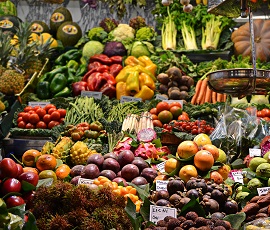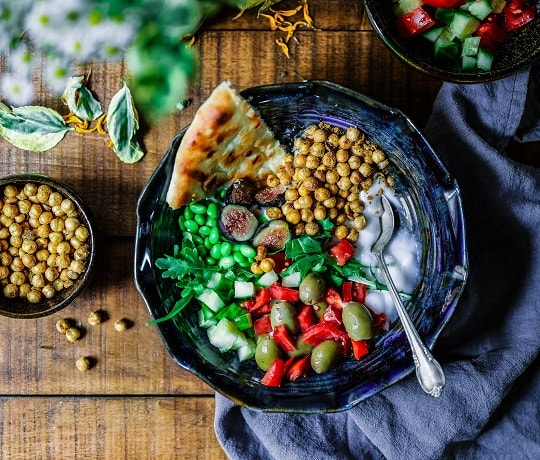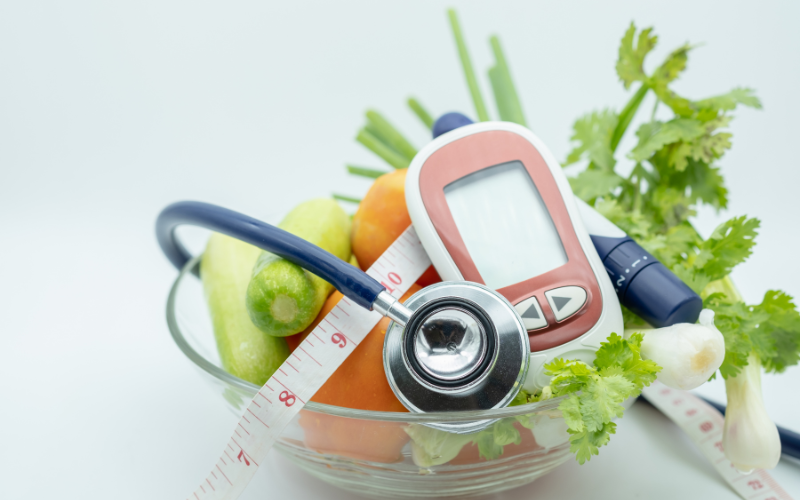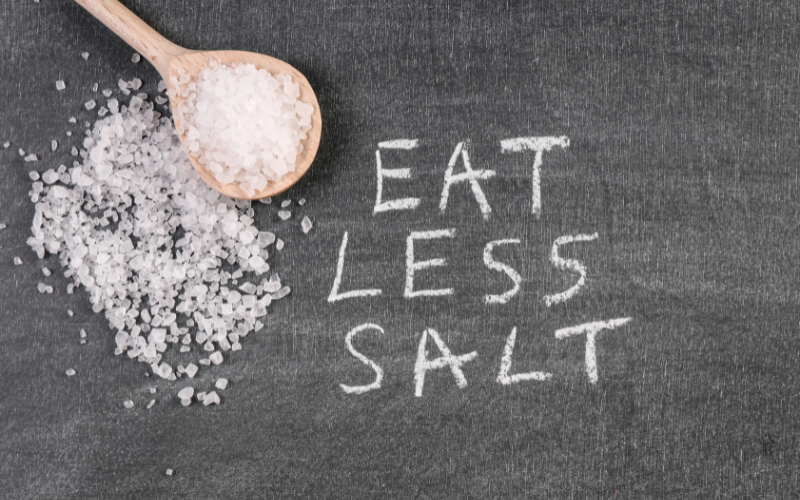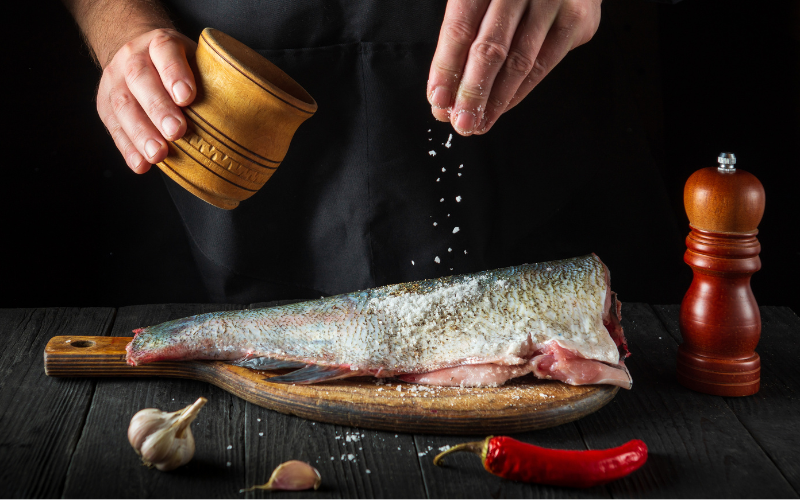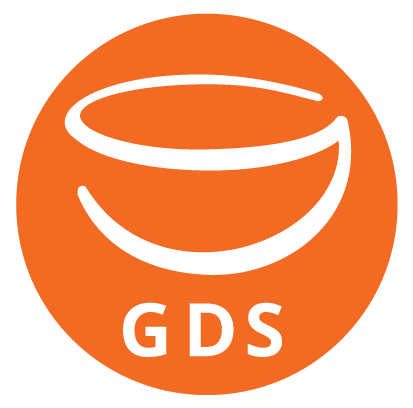Dr. Joanna McMillan: Best Foods to Eat with Diabetes

An estimated 1.7 million Australians have diabetes and with 280 people being diagnosed every day, type 2 diabetes is our fastest growing chronic disease. It is also a disease that can be prevented in a large number of cases, with changes to our diet and lifestyle. It is essential therefore that we are all proactive in making the best choices possible. But what if you have already had a diagnosis? What are the best foods to eat with diabetes?
The good news is that you do not need to buy special food for ‘diabetics’. Although some foods are labelled as being good for people living with diabetes, the truth is that the type of diet that is healthy for all of us is also the type of diet that is beneficial for helping you to manage your diabetes.
The goal for your diet is to give your body all the nutrients it needs, control your weight and lose weight if you are overweight, and help your body to manage blood glucose levels.
The key factors are:
1. Eat the right amount of food for your size and activity level
2. Pay particular attention to the quantity and the quality of the carbohydrate-containing foods you eat to help control blood glucose (blood sugar) levels
3. Eat a good variety of fibre-rich plant foods to fuel a healthy microbiome as this is also involved in blood glucose control
Maintaining a healthy weight is an important part of both preventing and managing diabetes. Carrying too much body fat, especially around the middle, affects the body’s ability to respond correctly to insulin and it makes it much harder for your body to control blood glucose. Measure your waist circumference and for men if this is greater than 94cm and for women 80cm, you are at an increased health risk.
If you need to lose weight, following a set calorie plan from Dietlicious can make it much easier to get weight loss underway and you can rest assured the meals are all suitable for people with diabetes.
So, what about carbohydrates? While low carb diets remain popular for weight loss, they are not recommended by most diabetes organisations around the world. The reason is that by following a low carb diet, you throw out the good with the bad and you end up eating more fat and/or protein. This can actually make insulin resistance worse, not better, and there are concerns about the health effects of such a diet in the long run.
A better approach is to think about the quality of the carbohydrate-containing foods in your diet and your serve sizes so that you control the amount of carbohydrate at each meal. Demonising all carbs is really a bit silly when you think about it. How can a cookie be the same as a slice of good quality wholegrain bread?
The glycaemic index or GI is a useful tool to help you to choose the carbs that will have a smaller impact on your blood glucose levels. You don’t need to know the actual numbers, rather get to know those that are low GI and therefore make the best choices.
A good rule of thumb is that high fibre, minimally processed wholegrains will generally have a lower GI than foods made with white flour. The sugar content is not a good indicator of the GI, but it goes without saying that eating too many foods with added sugar is not healthy for anyone, with or without diabetes. Get your sweet fix naturally from whole fruits instead and avoid sugary drinks.
Here are a few of the best carb-containing foods to include in your menu plan:
- Wholegrain bread – sourdough is an especially good choice as the slight acidity lowers the GI.
- Beans, chickpeas and lentils – these all have a low GI, provide plant protein and they are rich in fermentable fibres that are gold star fuel for your gut microbiota. You can use these to replace some or all of the meat in a recipe, add them to salads or they are delicious mashed or pureed to replace mashed potatoes in a meal as Dietlicious have done in their Lamb Ragu w White Bean Puree.
- Quinoa – what was once a trendy health food is now mainstream and with good reason. Low GI, high in fibre and rich in an array of nutrients, quinoa is a far more nutritious option than white rice. A good option is this Vege Tagine w Lemon + Herb Quinoa or you could try breakfast of Mango, Coconut, Chia + Quinoa Porridge.
- Freekeh – a wholegrain cracked wheat product, freekeh is a staple of the Middle East and now widely available in Australia. I love its nutty taste and it makes a delicious low GI risotto.
- Rolled oats – the humble oat is pretty fabulous and always comes out shining in nutrition studies. It is especially rich in soluble fibres that can help you to control your blood glucose levels and blood cholesterol. Try having porridge for breakfast or muesli with fresh fruit and yoghurt.
Finally, make sure you are filling half your plate with veggies at most meals. These fill you up for very few kilojoules but are bursting with nutrients and beneficial plant chemicals. Your protein food takes up about a quarter of the plate, one of the good carb choices as above just less than a quarter, leaving the final slice for a dash of a healthy fat such as extra virgin olive oil, avocado, nuts or seeds. Deciding what foods to eat with diabetes doesn’t have to be hard, just make small changes to healthier eating.


